Origins of the Taiwan Strait crisis
For over 75 years, the Republic and People’s Republic of China have confronted each other across the Taiwan Strait, a highly contested sea passage separating the two nations
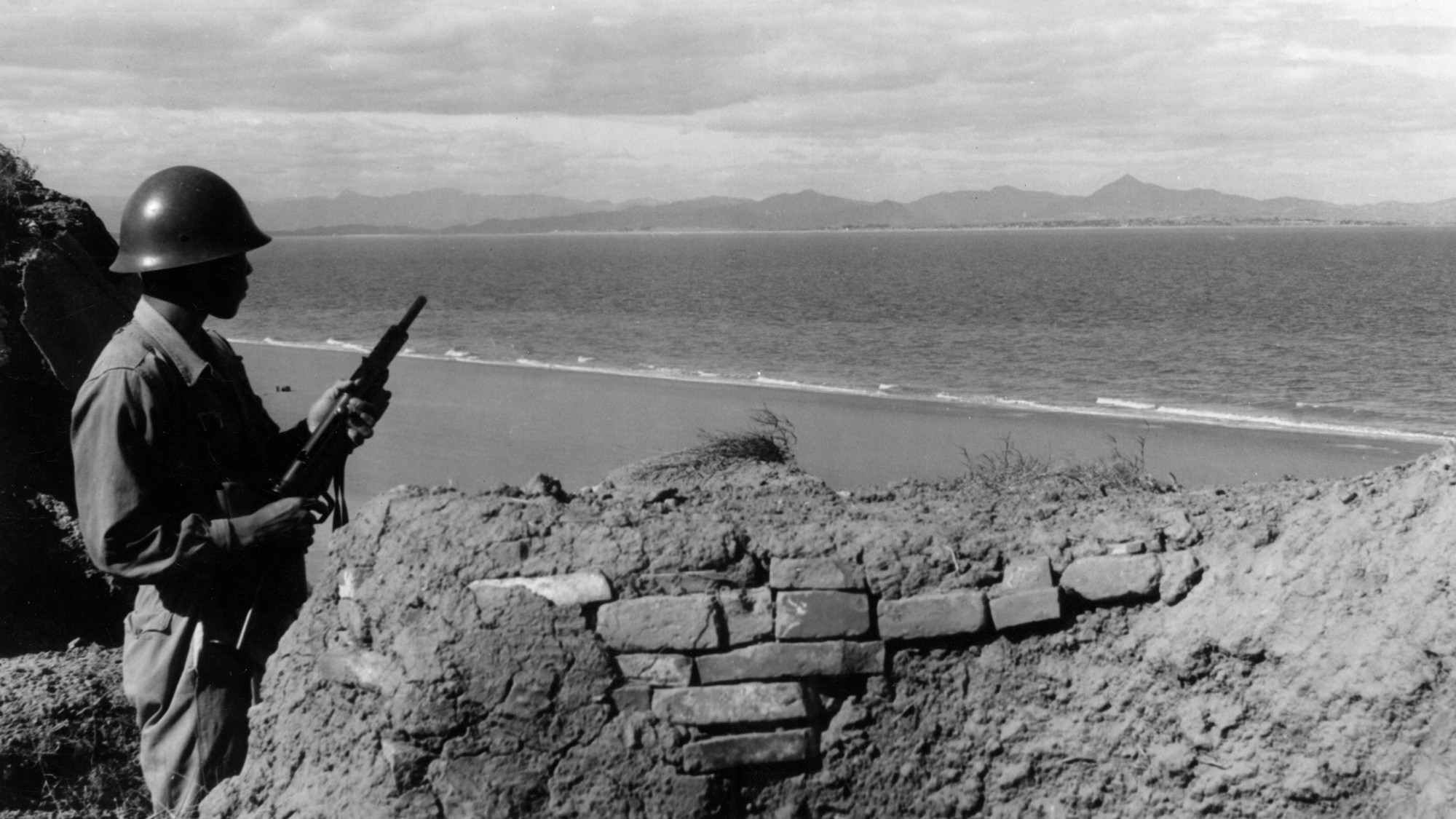
Tim Williamson
This article originally appeared in History of War magazine issue 112.
The standoff across the Taiwan Strait began during the Chinese Civil War, which pitted the fledgling Communists and the ruling Nationalist government. Originating in 1927, the civil war stretched into the Second World War, when the two sides upheld a shaky alliance against Japan.
By December 1945 the Japanese army had been driven from the mainland and Mao Zedong's generals were able to capture Manchuria. In the city of Chungking, American envoy General George C Marshall arranged a truce between the Nationalists and Communists. By 1946, however, the Communists went on the offensive.
The Week
Escape your echo chamber. Get the facts behind the news, plus analysis from multiple perspectives.

Sign up for The Week's Free Newsletters
From our morning news briefing to a weekly Good News Newsletter, get the best of The Week delivered directly to your inbox.
From our morning news briefing to a weekly Good News Newsletter, get the best of The Week delivered directly to your inbox.
Armed to the teeth and with full Soviet backing, in early 1949 the old imperial capital Peking was theirs. Seeing his own generals bogged down south of the Yangtze River, the Nationalist leader and US ally Chiang Kai-shek decided to withdraw and relocate the government on the island of Formosa (Taiwan), which Japan had colonized from 1895 until 1945 and was nominally controlled by the Qing Dynasty (1644-1911).
The Taiwan Strait formed the maritime border between the Republic of China (ROC) and People's Republic of China (PRC), which remains today.
The ROC in its new home on Taiwan endured decades of martial law, with Kai-shek as lifelong dictator. Within a year after their victory on the mainland in October 1949 the Communists received even more aid from the Soviets and expanded the borders of the PRC to Central Asia and Tibet.
On October 19, 1950 a massive PRC volunteer army fought American and United Nations troops in the Korean peninsula until the ceasefire in Panmunjom on July 27, 1953. Chairman Mao Zedong, with total faith in the strength of his military, vowed to someday conquer the Nationalists in Taiwan.
A free daily email with the biggest news stories of the day – and the best features from TheWeek.com
1954-1955: The First Taiwan Strait Crisis
Throughout the 1950s the Soviet Union supported the PRC by helping it industrialise and establish a centrally planned economy. The Korean War saw the relationship reach literal new heights as the People's Liberation Army Air Force (PLAAF) became the largest and best-equipped in Asia thanks to hundreds of Soviet-made MiG-15 fighter jets and Il-28 light bombers.

Chinese Nationalist military personnel stack up armaments amid the threat of Communist attack, 1954
After the end of the war, which killed an estimated one million Chinese troops, Zedong dreamt of turning the PRC into a superpower. But achieving this meant better technology was needed from the Soviets – especially submarines and nuclear weapons – and defeating his longtime foe, Kai-shek, who ruled over Taiwan.
What became the First Taiwan Strait Crisis, in 1954, was a heavy bombardment of the Quemoy (Kinmen) and Matsu islands groups. These small outposts off the coast of Fujian Province were located mere kilometers from where the PRC's People's Liberation Army (PLA) massed their troops. Since 1949 both Peking and Taipei (the seat of government in Taiwan) insisted their "final conquests" would be carried out, eventually. But this was propaganda for reassuring their respective citizens of their governments' effectiveness.
Using the pretext of Washington DC's plans for a Mutual Defense Treaty with Taipei in 1954, the PLA showed off the firepower it had received from the Soviets. The army's 122mm, 130mm and 152mm howitzers almost covered every inch of the Quemoy and Matsu islands and the latter endured a severe bombardment on September 3, 1954.
But what Mao and his inner circle could not tolerate was American resolve to defend its beleaguered ally. US Navy carrier battle groups sailed the Taiwan Strait during the drawn out confrontation. US forces avoided clashes with the PLA but the presence of the Seventh Fleet's aircraft carriers alone was a strong signal to the Chinese: attack Taiwan at your own risk.
The siege of Quemoy subsided after bilateral talks between Zedong and Premier Nikita Khrushchev, who replaced the late Joseph Stalin as leader of the Soviet Union in October. Historians who revisit the First Taiwan Strait Crisis still speculate whether Zedong wanted a test of the US commitment to defending Taiwan and whether nuclear threats against China would materialise.
This was a reckless move since President Dwight D Eisenhower's own generals advised using tactical nuclear weapons against mainland China if it carried out an invasion.
1958: The Second Taiwan Strait Crisis
The Second Taiwan Strait Crisis, in 1958, was more dangerous than its predecessor. As before, the PLA attacked Quemoy and Matsu with artillery, on August 23, 1958. But the garrisons on the islands had been reinforced with American-supplied 155mm and 203mm artillery along with ample rounds to spare.
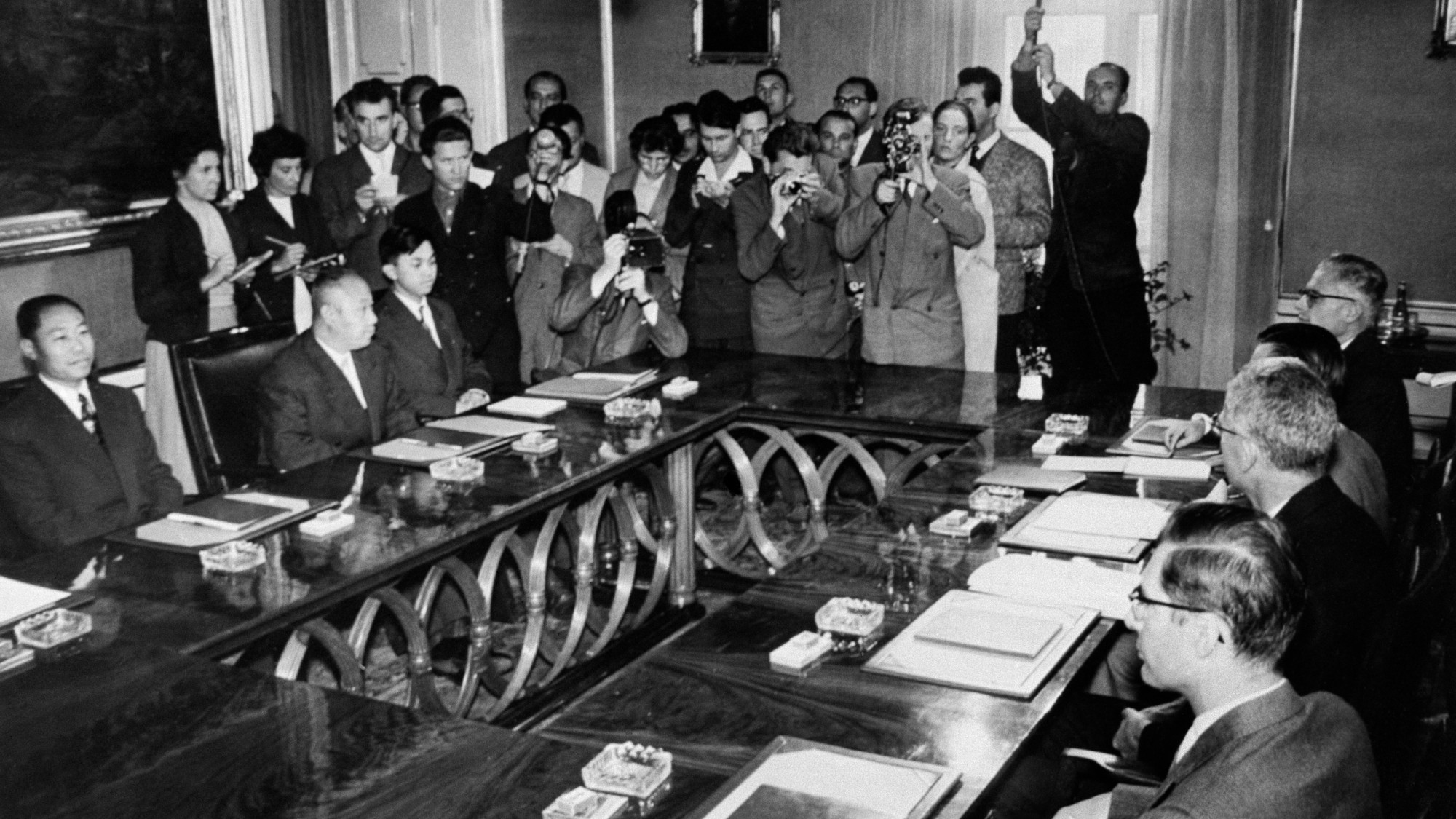
PRC officials including ambassador Wang Bingnan meet with Polish officials at Lazienki Palace, Warsaw, to discuss the Second Taiwan Strait Crisis, September 1958
Once again, the US Navy's carriers secured the strait and the Chinese navy had no means to deter them using their own gunboats. Sailing a flotilla across the 200km of open sea between Fujian and Taiwan's western coast was a risky proposition too. If the PLA gathered approximately 200,000 troops for an invasion they would need junks and barges to transport them, with inadequate air cover.
But soon enough the Communists and Nationalists were in direct combat as their respective air forces, now operating fighter jets, tangled in the skies above the Chinese coast. By 1958 the PLAAF counted a thousand MiG-15s in its arsenal. These agile Soviet-built fighters had proven themselves over the Korean peninsula and packed twin large-calibre guns.
The Republic of China Air Force, on the other hand, received superior F-86 Sabre that had also flown in Korea. The US supplied Taiwan with more than 300 of them, along with fighter-bombers and helicopters, as a maximal guarantee against Chinese aggression.
With a better designed cockpit and superior avionics the F-86 Sabre, unlike the MiGs, carried new air-to-air missiles. In a series of dog fights the Taiwanese pilots showed their mettle and trounced the PLAAF. Although the PLA drew down its forces by early September, the Second Taiwan Strait Crisis did not end in a formal sense.
The siege of Quemoy and Matsu continued for the next 20 years, though never intense enough to draw the US Navy's presence, and the sound of Chinese artillery rumbled over the sea on a regular basis. The Taiwanese garrison on the islands adapted to the situation by using their closeness with the mainland as a launching point for propaganda.
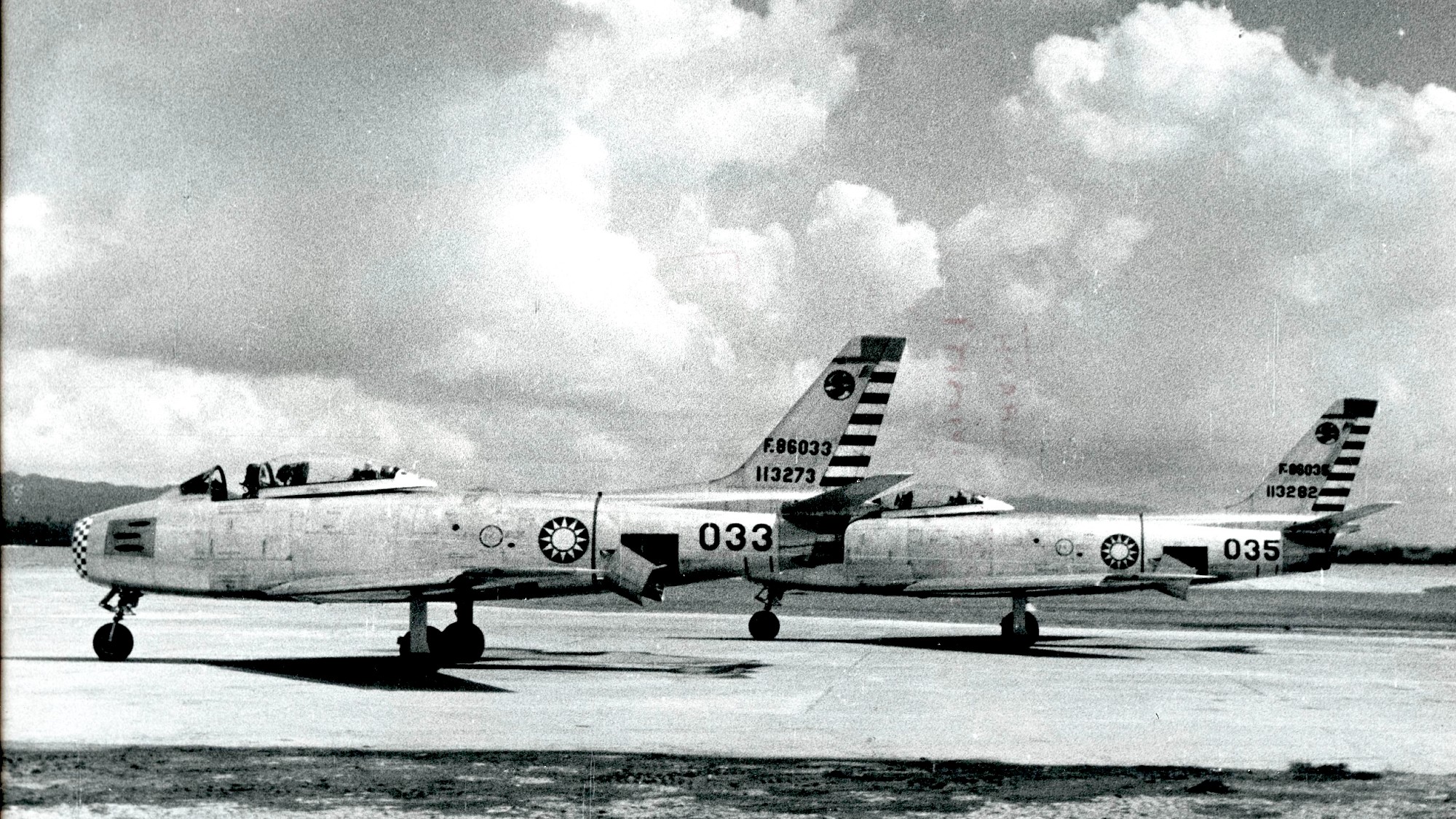
Two US-built F-86 fighters of the Nationalist Chinese Air Force return to base in Southern Formosa after patrols on the Fukian coast and Formosa Straits
1964: China gets the bomb
On October 17, 1964, an atomic bomb was detonated at Lop Nur, a remote testing site in the Gobi Desert, and heralded China's status as a nuclear power. The fact the detonation took place just four years after a near-total breakdown in diplomatic ties with the Soviet Union was not a coincidence.
The underlying causes of the Sino-Soviet Split in 1960 were the emerging polarities within the Communist Bloc – the Soviet Union had its chosen allies and satellites while China was steadfast in cultivating its own friends and proxies. Until the 1970s Peking had an active foreign policy to arm and train revolutionaries in the Third World.
It is well-known how the Soviets nursed China's fledgling nuclear programme in the 1950s, which blossomed in the years between the First and Second crises with Taiwan, and this was supposed to culminate in a viable nuclear triad for Peking: land-based intercontinental missiles matched with warheads delivered by air and sea.
After the breakthrough at Lop Nur further tests were carried out until 1967; however, the detonation of a hydrogen bomb not only revealed the extent of Communist China's technical know-how but also its limitations.
On a strategic level, having nuclear warheads on a few dozen Long March rockets ended the threat of nuclear blackmail by the US, but China could barely afford a nuclear arsenal as devastating and elaborate as those of the main Cold War adversaries.

The first Chinese nuclear bomb test, codenamed '596', was tested at Lop Nur base in 1964
Meanwhile, Taipei did not take the news sitting down. Many Asian countries at the time were either discussing or setting up clandestine nuclear weapons programmes, with varying levels of success.
Both India and Pakistan, for example, had thriving nuclear weapons programmes in the 1970s but did not actually deploy these until 1998. North and South Korea had nuclear weapons programmes as well. In Taiwan's case, a civilian nuclear energy programme was started as early as 1956, with US assistance.
By the 1970s there was growing evidence collected by the State Department of a Taiwanese enrichment programme for weapons-grade uranium as well as efforts to assemble a prototype bomb. Finally, in 1988, the CIA plant and defector Colonel Chien Hsiun-yi fled to the United States and exposed the Chung Shan Institute of Science and Technology's secret research programme, which was later stopped under American pressure.
1976: Death of Chairman Mao
When China's dictator passed away from old age on September 9, 1976, the regime he left behind was reeling from the Cultural Revolution in which many senior cadres were purged, and sometimes killed.
The tense rivalry with the Soviet Union coupled with international isolation left China impoverished, despite its large industrial base. A silver lining amid this uncertainty was the improved relationship with the United States that began under President Richard Nixon. By 1978 full diplomatic relations were established between Peking and Washington DC, and the United Nations formally welcomed the PRC while invalidating the ROC's own membership.
Taiwan's importance and diplomatic standing in the world suffered as a result. The Taiwan Relations Act passed by US lawmakers in 1979 did little to mitigate the damage, although it had provisions for assisting the country with self-defense.
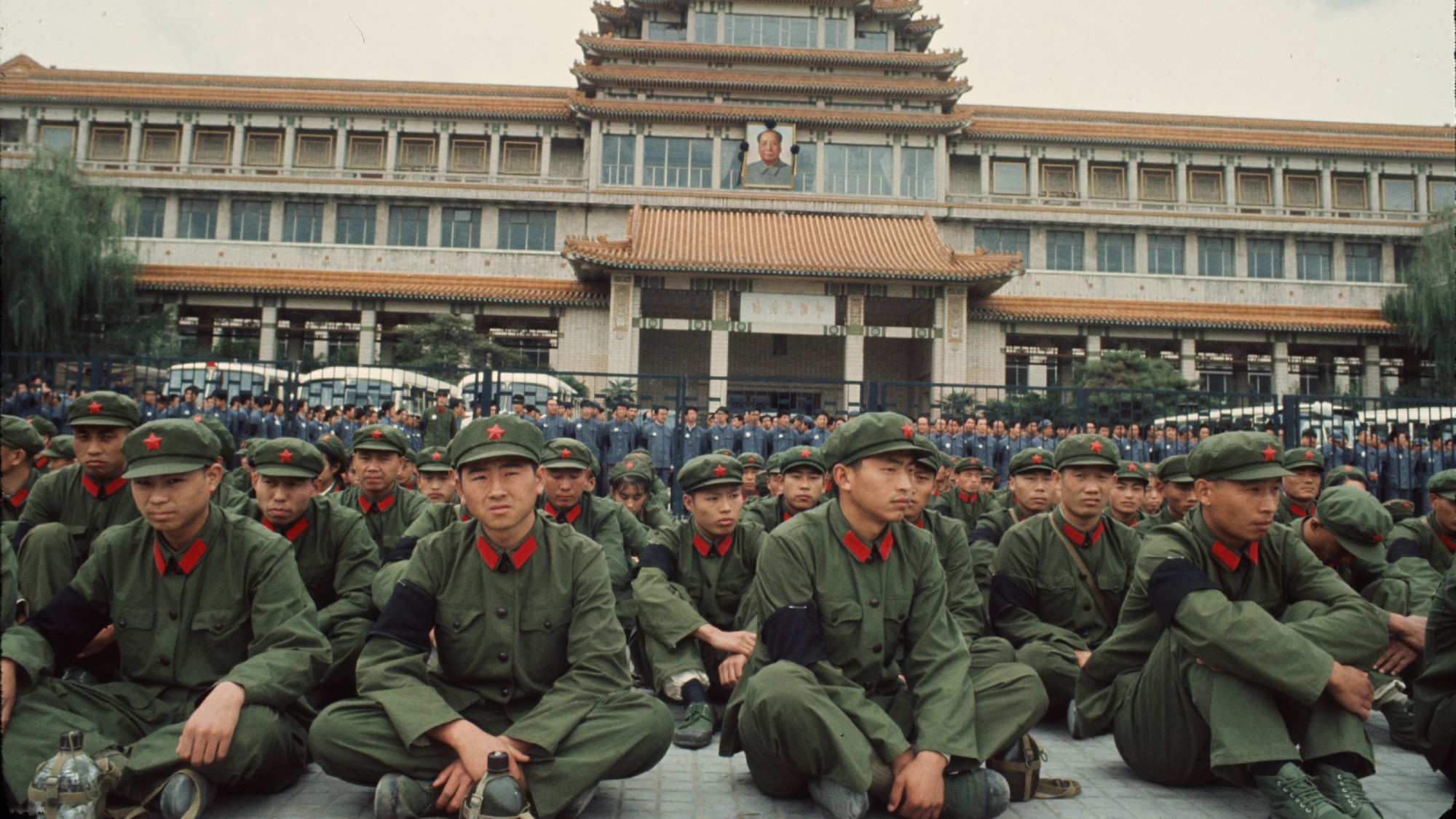
PLA Soldiers in Tiananmen Square September 18, 1976, honour Chinese Leader Mao Zedong's death in Peking, China
The thaw in the US-China relationship was barely felt in the Taiwan Strait, where the ROC Navy kept zealous guard of the open waters – more importantly, the Median Line dividing the strait – and up to 30,000 troops were stationed in Quemoy and Matsu. Although there was now renewed hope that peaceful coexistence would prevail during the 1980s, as many as five million soldiers were enlisted in China's armed forces, the majority of them in the army.
The PLAAF had 4,000 combat aircraft, most of them outdated J-6 and J-7 fighters, while China's three naval fleets totaled 2,000 ships and as many as 200 diesel submarines. Yet these numbers had no practical use under the leadership of Deng Xiaoping, whose long tenure until 1993 was focused on opening up China to grow its economy.
The US military intelligence assessed that Peking (later renamed Beijing) had neither the means nor the will for an invasion as economic growth became the national priority. This proved correct – until the situation in the strait almost spiralled out of control again.
1995: The Third Strait Crisis
By the 1990s, Taiwan had developed into a prosperous democracy, and optimism for a peaceful unification flourished, until Beijing decided on a show of force. From 1992 the ruling Kuomintang party, which had governed Taiwan since 1949, reached an agreement with its rival on the mainland.
This 'consensus' was to promote the idea that a single Chinese nation existed with separate political systems. Or, in the official wording of Beijing, to accept only one Chinese nation existed and to work for peaceful reunification. But in the summer of 1995 all this progress was thrown out of the window and East Asia returned to the brink.
When Taiwan's President Lee Teng-hui wanted to visit his alma mater Cornell University in the United States this was poorly received by the Chinese government.
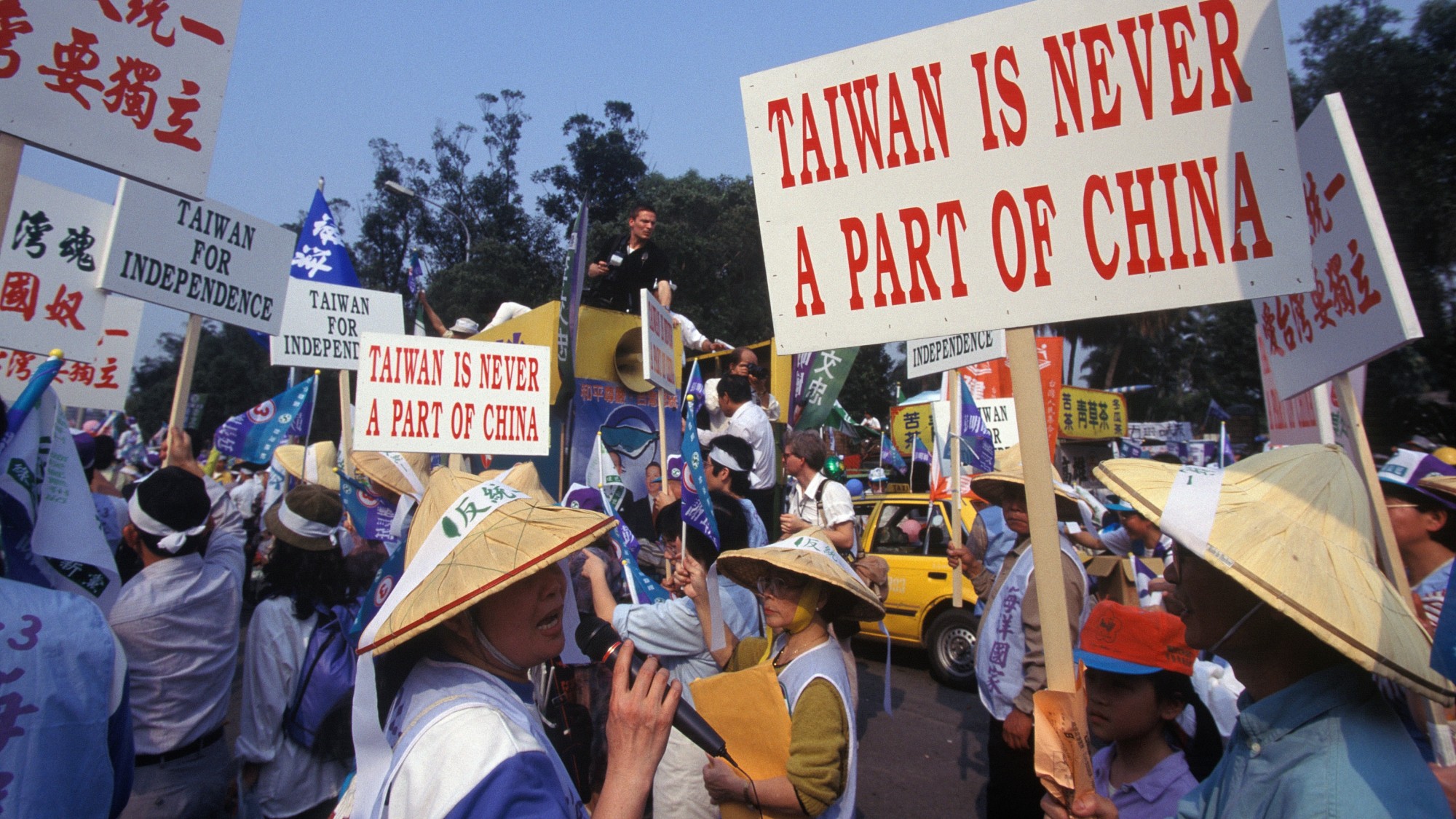
Pro- independence demonstrations in Taipei during the elections, March 1996
In their view the US was recognizing a different Chinese head of state by allowing President Lee to make the trip. When he arrived in the US amid wall-to-wall media coverage the response from Beijing was furious. While no outlying Taiwanese islands came under direct attack, Beijing sent its air force and its navy on month-long drills.
To further intimidate Taipei, the PLA Rocket Force tested its latest ballistic missiles. These were carried by wheeled transporters and could be prepared for launch within minutes. The destabilizing effect of these missiles had been established earlier in the Middle East and the same technology was flourishing in the Asia-Pacific.
In a shift from its softer stance on China since the 1970s, the US Navy sent two carrier strike groups to the Taiwan Strait as a clear signal China's behavior would not be tolerated. It seemed to work as Beijing kept its forces from attacking Taiwan, although over the next 25 years China and the US were drawn into serious 'great power competition'.
2020: America sends arms
In late 2020 the US government, through the Defense Security Cooperation Agency, announced it was prepared to sell 11 High Mobility Artillery Rocket System (HIMARS) launchers to Taiwan along with the powerful Army Tactical Missile System (ATACMS) ballistic missile, which has a range exceeding 500km. The HIMARS is an air-transportable truck with an armored cab and a pivoting launcher that contains a pod of six rockets.
The rockets can be swapped for a single ATACMS missile that can carry either sub-munitions spread in mid-air over a target area or a powerful unitary warhead. The ATACMS in particular is a weapon system the Taiwanese military has never fielded before, although it possesses mobile rocket launchers such as the RT2000.
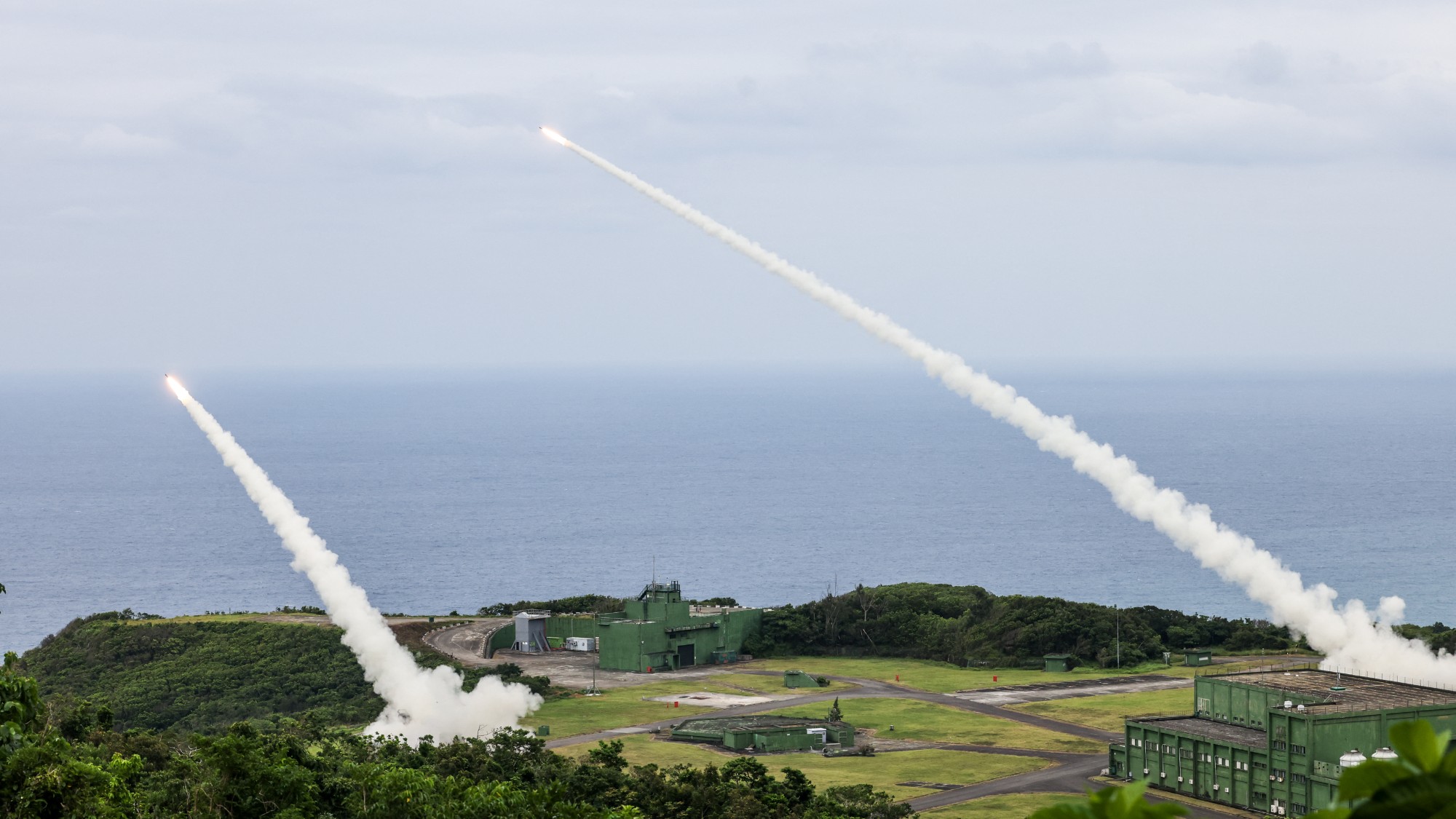
The Taiwanese military conducting a High Mobility Artillery Rocket System (HIMARS) live-fire test launch at the Jiupeng base, May 12, 2025.
The value of deploying HIMARS launchers is in long-range artillery coverage beyond the usual 20 to 25km range of most 155mm howitzers. The announcement of the ATACMS sale followed an earlier decision to sell shore-based Harpoon missiles to help the Taiwanese military fend off either an amphibious attack or a blockade.
Other US arms sales included 66 F-16V multirole fighters for the Taiwanese Air Force, whose F-CK-1s and older F-16A/Bs lagged behind China's newest fighter jets. This renewed effort to equip Taiwan for defending itself against invasion came as the likelihood of such an attack increased as Chinese military aircraft repeatedly encroached on Taiwan's air defence identification zone.
This was meant as retaliation for President Tsai Ing-wen's refusal to acknowledge the 1992 consensus of "one country, two systems" that Beijing values. Her defiance of Beijing stems from her background with the Democratic Progressive Party rather than the 'old guard' Kuomintang that had long buried the hatchet with the Chinese Communist Party.
This article originally appeared in History of War magazine issue 112. Click here to subscribe to the magazine and save on the cover price!
-
 Australia’s teens brace for social media ban
Australia’s teens brace for social media banIn The Spotlight Under-16s will be banned from having accounts on major platforms
-
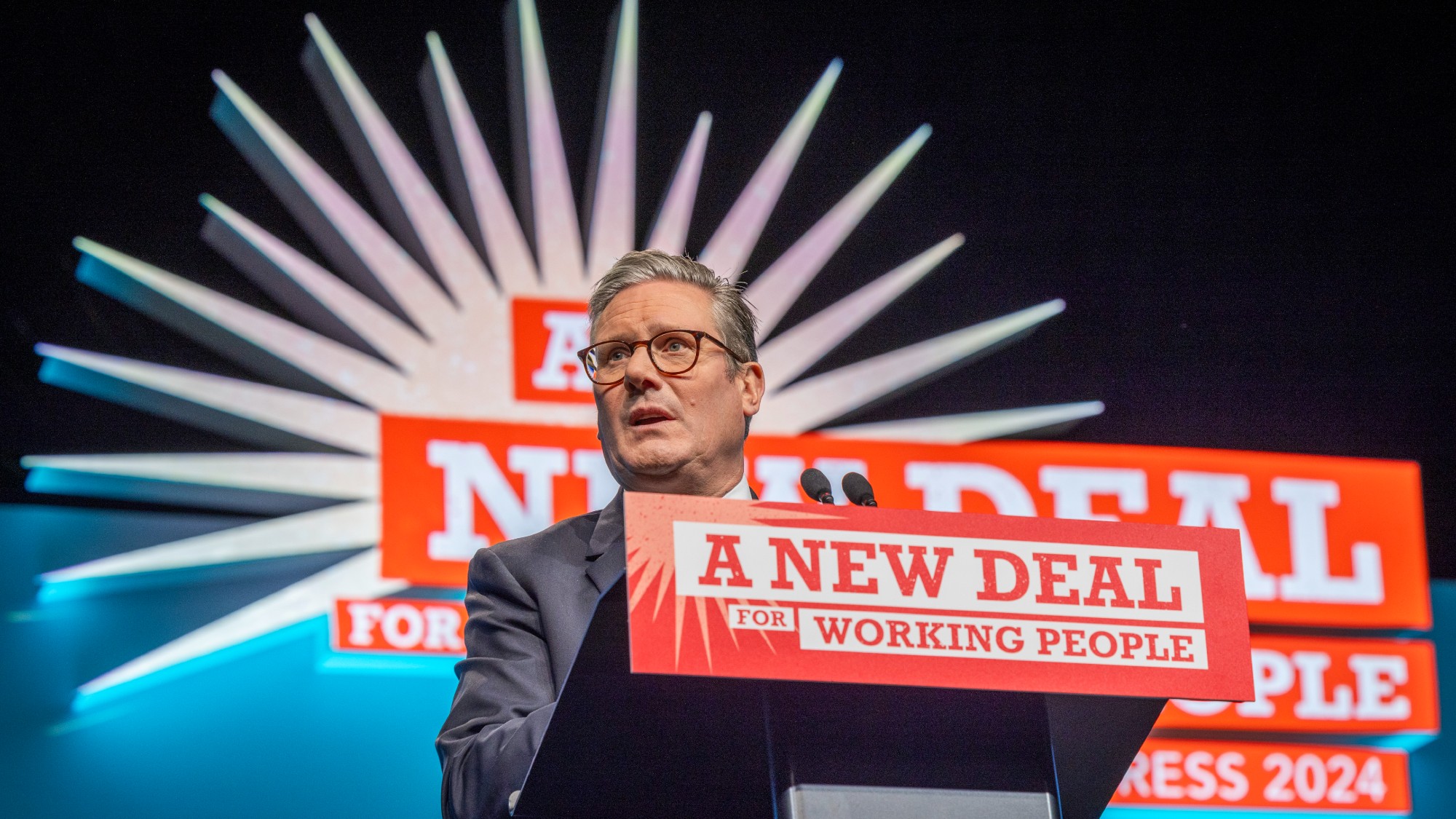 Labour’s dilemma on workers’ rights
Labour’s dilemma on workers’ rightsThe Explainer TUC says Employment Rights Bill is ‘essential to better quality, more secure jobs’ but critics warn of impact on economic growth
-
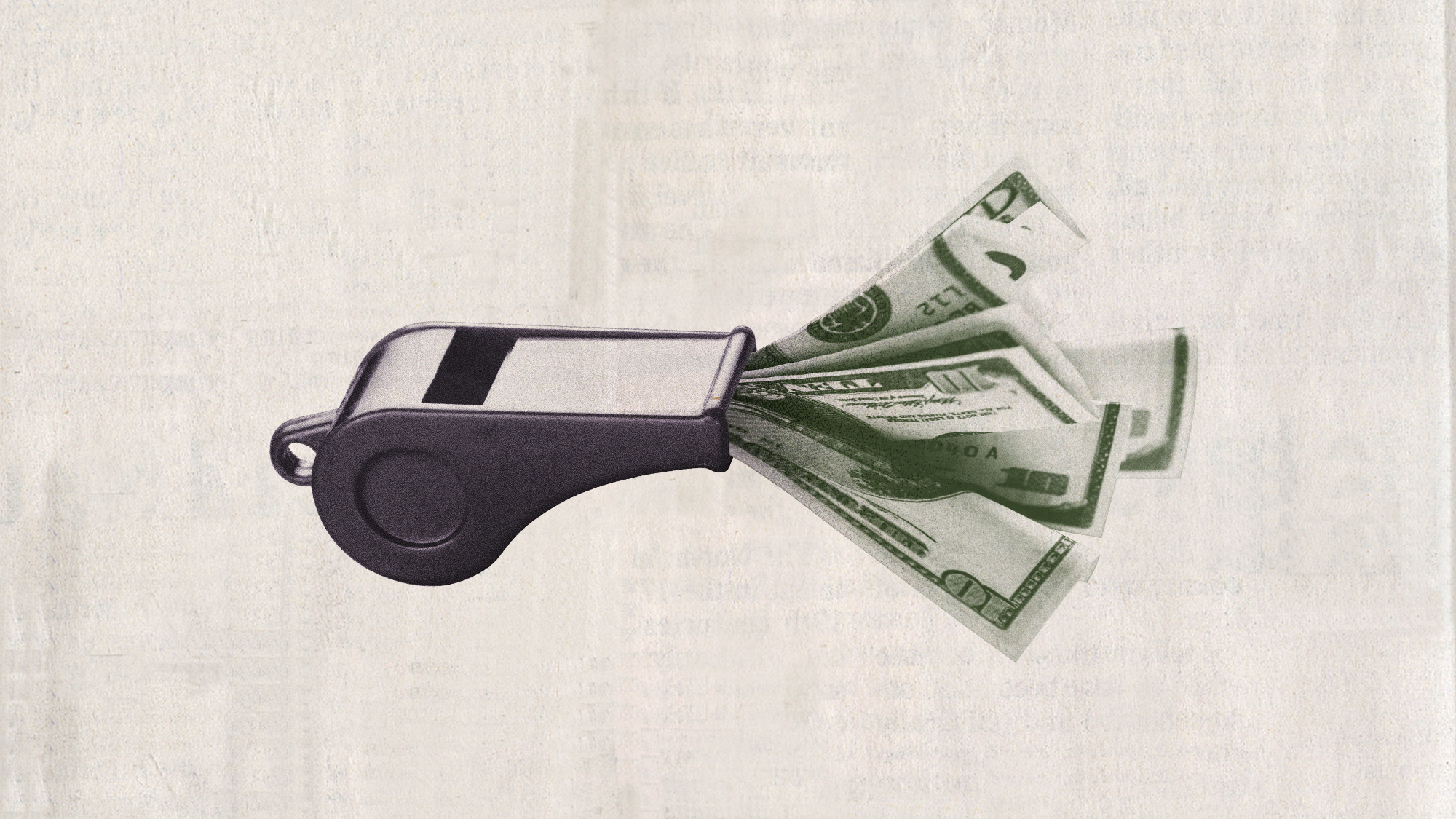 Coaches’ salary buyouts are generating questions for colleges
Coaches’ salary buyouts are generating questions for collegesUnder the Radar ‘The math doesn’t seem to math,’ one expert said
-
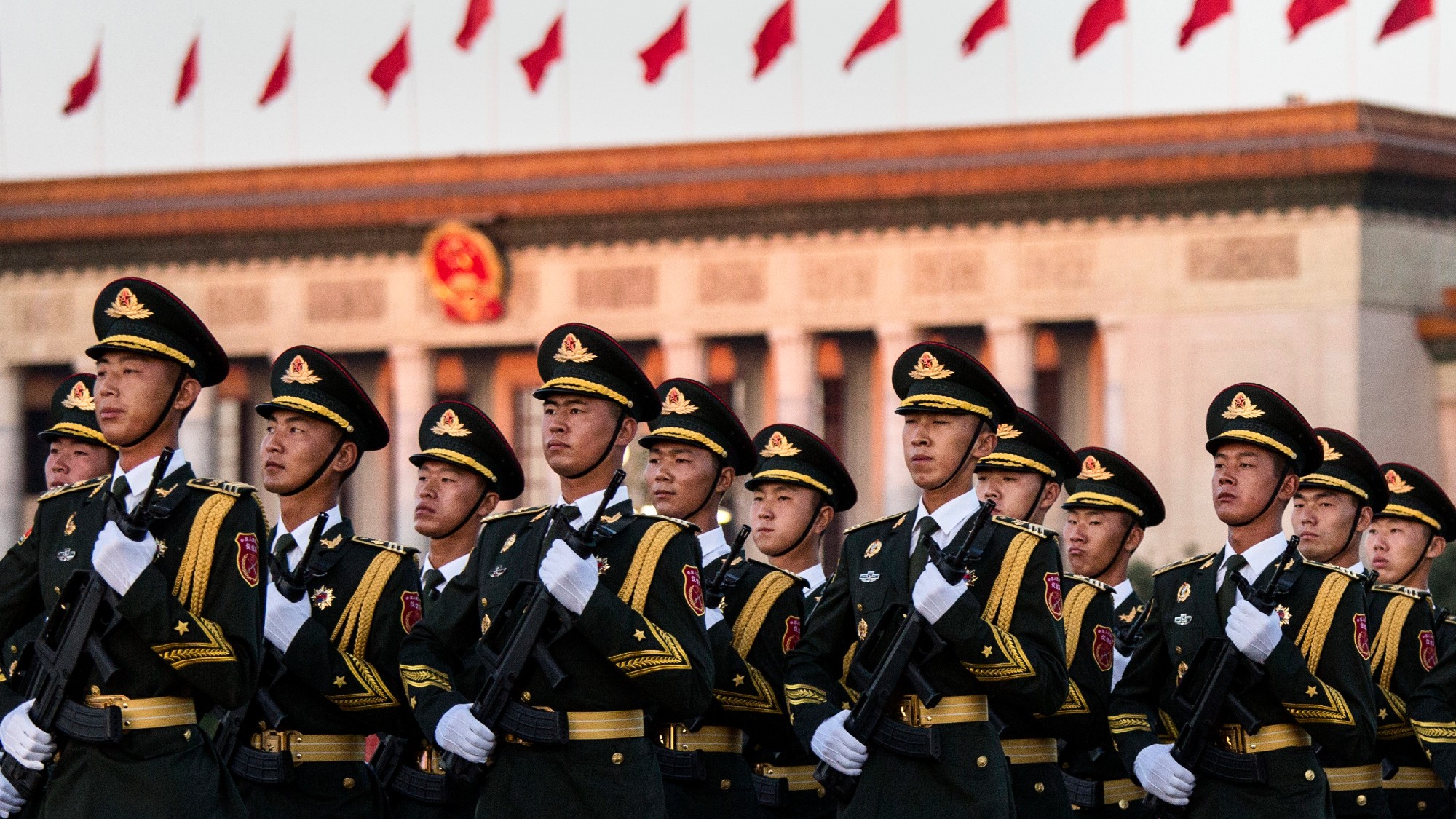 How China rewrote the history of its WWII victory
How China rewrote the history of its WWII victoryIn Depth Though the nationalist government led China to victory in 1945, this is largely overlooked in modern Chinese commemorations
-
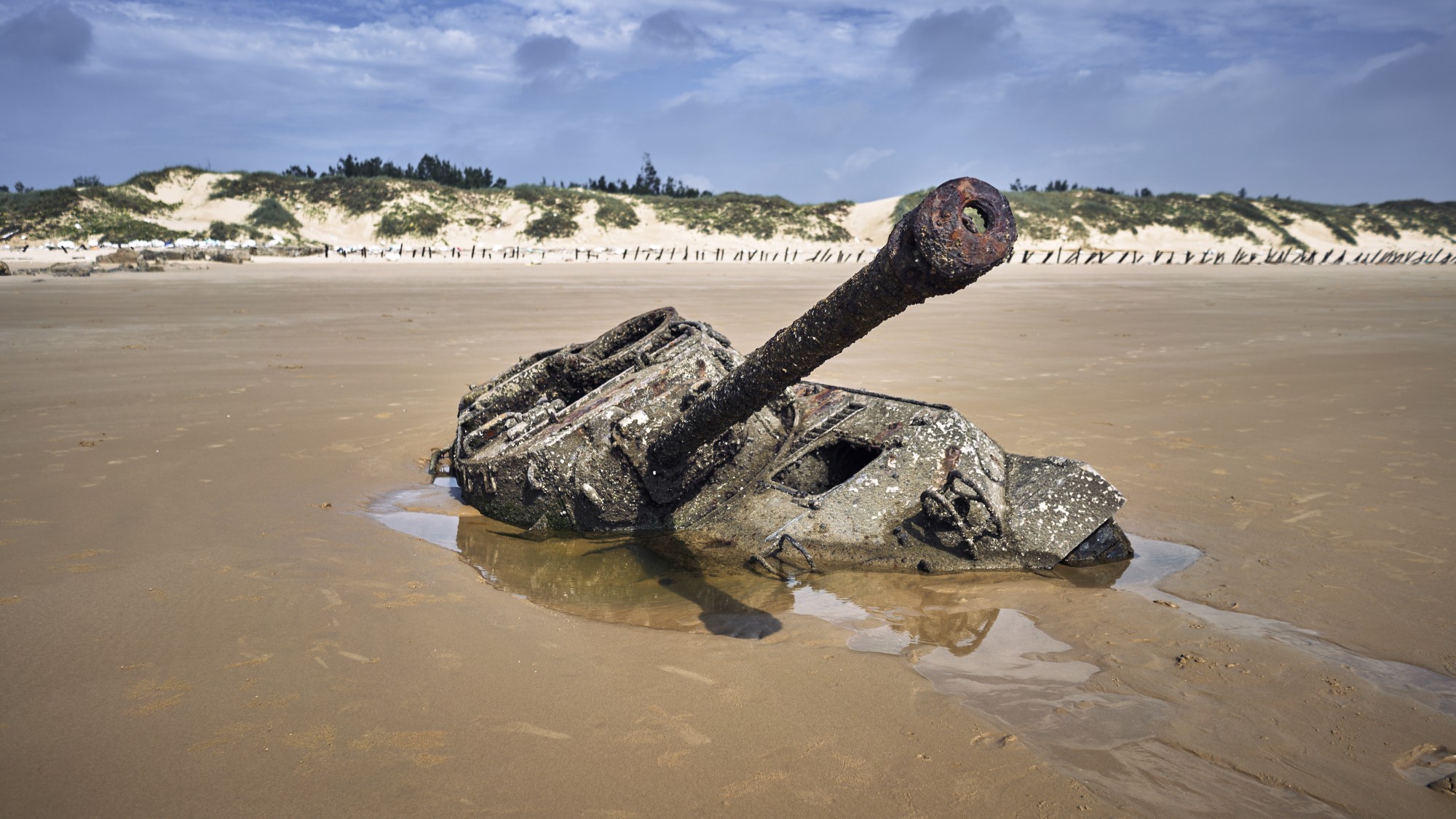 Kinmen Islands: Taiwan's frontline with China
Kinmen Islands: Taiwan's frontline with ChinaIn Depth Just a few miles off the mainland, the Kinmen Islands could be attacked first if China invades Taiwan